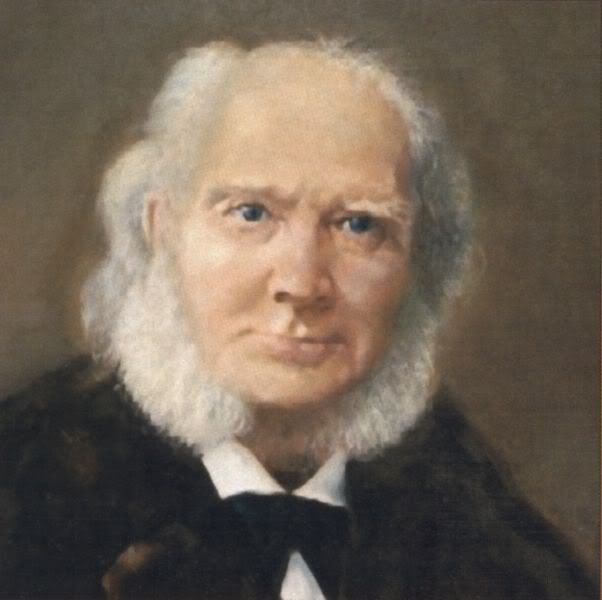
Finally, a Music Monday post that actually occurs on a Monday!
Our composer this week is the little-known Carl Reinecke. He has over 300 works to his name, most of them written in his 70s and 80s.
Liner Notes:
Composed by Carl Reinecke
Conducted by Howard Shelley with the Tasmanian Symphony Orchestra.
Arrangement:
I. Hakon Jarl - 11:21
II. Thora - 7:31
III. In Odin's Grove - 5:27
IV. Oluf's Victory - 11:50
Symphony No. 2 in C minor, Op. 134 dates from 1875, although a revised score exists in manuscript from 1888. Unusually, Reinecke adds a preface to the score which suggests that the work was inspired by Hakon Jarl -- a Norwegian historical tragedy by the Danish playwright Oehlenschläger -- although Reinecke insists that it is not to be regarded as programme music. The eponymous hero does battle and wins victory for the Norse god Odin and, at the same time, admires his daughter Thora. Each movement (reflecting characters and incidents from the tale) has a title in the manuscript, as follows:
1. Hakon Jarl
2. Thora
3. In Odin's Grove
4. Oluf's Victory
In a footnote he also emphasises the metronomic precision with which tempo indications within the score were determined but, addressing future conductors of the work, adds that they should be 'imperceptible'
Reinecke had a penchant for slow introductions, a trait he probably learned from Haydn, and indeed the formal perfection of Haydn and Mozart is clearly the model for all four movements. The da capo repeat must be strictly enforced in order to comply with his rigorous application of sonata form. Reinecke's natural melodic gift blossoms in the broadly flowing second subject of this opening movement, with its beautiful horn solos and striking use of exposed wind sonorities. Perhaps this music reflects the hero's romantic yearning.
The second movement, in its implied portrait of the beautiful Thora, has a gentle momentum and a plaintive tone. Chromatic modulation is used throughout and there is a most effective agitato development before the movement returns to the mild undulation of the opening phrases. The third movement is a charming Intermezzo, reminiscent in sound and mood to Brahms's First Symphony which received its premiere the year this work was composed, and which Reinecke must have known. The busy, sprightly central episode could quite conceivably belong in a ballet score.
The last movement of this rather long work begins tentatively before the main theme, confident and ardent, breaks forth in the tonic major, affording relief after the preceding minor keys. The thematic material is exhaustively worked out with, seemingly, every possible variation brought to bear, the final passage contriving to bring about a reprise of the symphony's opening motif. - Chandos






























0 comments :
Post a Comment